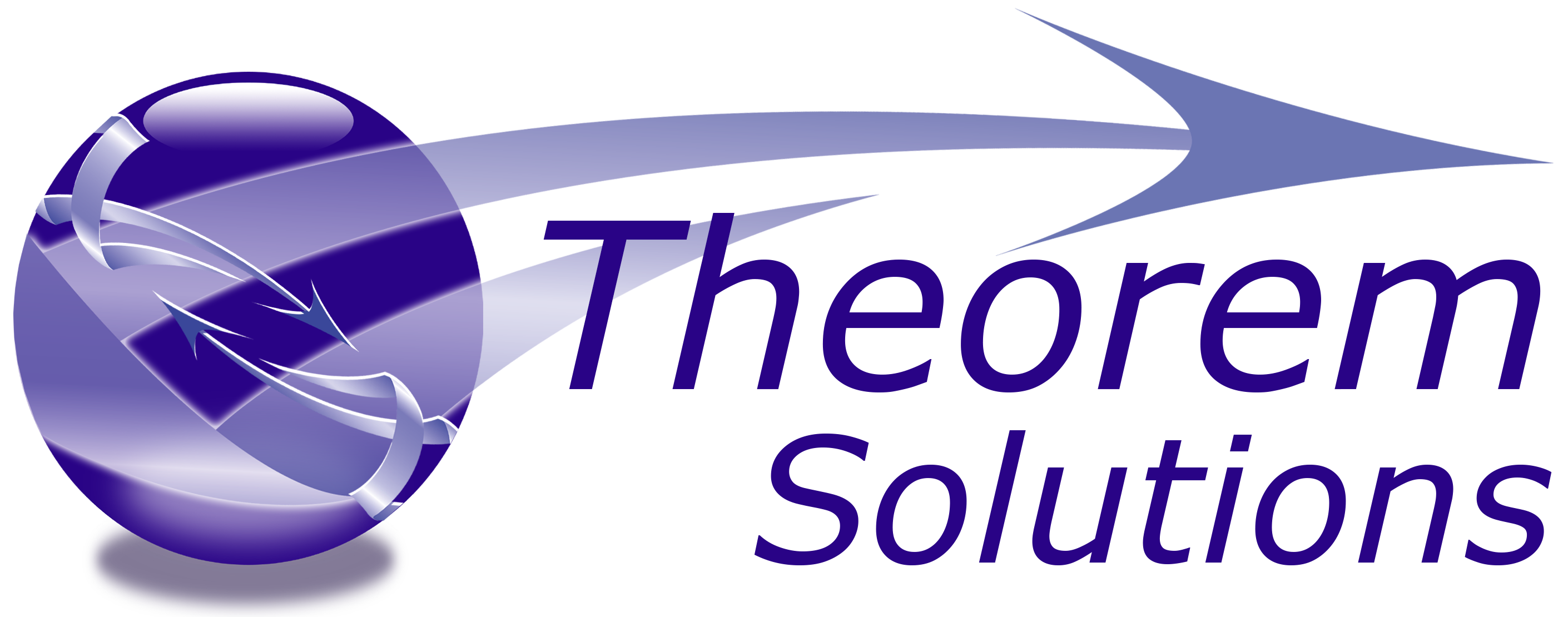
Explore the future of 3D visualization
Theorem-XR’s Q2 2022 release brings a whole host of exciting new features, and user-friendly updates to support the requirements of the growing Extended Reality (XR) community. With a focus on handheld Augmented Reality devices in this release, XR is now easier to use, deploy and adopt across the enterprise using existing hardware (Windows, Android, and iOS devices).
“We’re always looking to broaden our XR capabilities to allow users a simpler, more collaborative, and adaptable experience – we are finding that ease of use helps to smooth the way for ease of adoption” says Ryan Dugmore – Consultancy Director at Theorem Solutions. Ryan adds, “using existing technology to prove a use case is always going to be easier than convincing a team to buy new technology where value or return on investment cannot be easily identified”.
Q2 2022 brings a variety of features outside of Augmented Reality. There are a host of enhancements for the Microsoft HoloLens 2, the Theorem-XR use case-based experiences for Mixed and Virtual Reality, and additional functionality for Theorem Visualization Pipeline (TVP).
Starting with the latest updates to the Theorem-AR (Augmented Reality) application, users can now load multiple models into a session. Previously, users could only load single datasets to visualize and review. Being able to now load multiple datasets broadens the horizon for much larger use cases.
For example, users can visualize pre-defined, digital layouts that previously would have only been available for users of Mixed Reality or Virtual Reality. Users with data from AEC applications such as Revit, Navisworks, IFC, and all major CAD systems, can visualize a combination of datasets in the same environment on handheld Augmented Reality devices (tablets, smartphones, etc.). Additional updates to the Theorem-AR app include the ability Isolate Components and improved Image Tracking support.
Users of the Microsoft HoloLens 2 can now take advantage of new location features. Using this functionality, users can now define where 3D models appear in relation to a QR code. Being able to render data in this way brings greater accuracy and flexibility to the review process for tracking digital content against physical objects.
Another new feature for the HoloLens 2 at this release, which brings the technology in line with the Virtual Reality users of Theorem-XR, is the ability to markup digital design data in a live session using a ‘holographic pen’. Choosing the pen tool from the system menu enables users to add annotations to highlight required changes, potential clash issues or to leave a note of requirements for users unable to attend collaborative sessions.
Virtual Reality users can now view the assembly structure as they would in CAD. The option to highlight specific parts and components makes it easier for them to navigate their designs and go straight to the components they need to review with their scene.
The last release of Theorem-XR Q1 2022 focused on Microsoft Azure Remote Rendering (ARR) support for HoloLens 2 users as part of the Theorem Visualization Pipeline update. This release sees further enhancements for quicker streaming of large datasets.
Users can now upload FBX and glTF files directly to the Microsoft Azure Cloud, removing the need for local file processing. This means that large datasets can be pushed to ARR within seconds, saving valuable time on data preparation and optimization.
Summary
Theorem-XR Q2 2022 has seen further evolution of the XR suite. With the product continuing to grow in functionality, we are meeting the needs of our customers and their requirements in the adoption of XR technology. By making XR easy to use, deploy and adopt across the enterprise, we aim to help companies to gain competitive advantages in the quickly evolving engineering and manufacturing industries.
The Theorem-XR suite
At its core, Theorem-XR enables Engineering and Manufacturing companies to optimize, visualize, and collaborate around their 3D design data at full scale and in context. This supports enhanced remote collaborative engineering focused XR use cases for Visualization, Design Review, Factory Layout, Training and Visual Digital Twin.
With fast, efficient, and flexible automated CAD data preparation, users can drag and drop their design data onto the server, ‘save as’ from within their native CAD applications or export directly from their PLM system for use in Extended Reality.
Data only needs to be prepared once. And offers users the ability to use a combination of data formats (3D CAD, AEC data, PLM data, scanned data) in the same immersive environment.
By using XR to anticipate problems, make better decisions, save time, and identify design challenges, organisations can facilitate more creative discussions and solve real world problems quickly and collaboratively.
Theorem-XR works for the individual and the enterprise at all levels and stages of the Extended Reality journey.
To learn more about Theorem Solutions, please visit www.theorem.com








